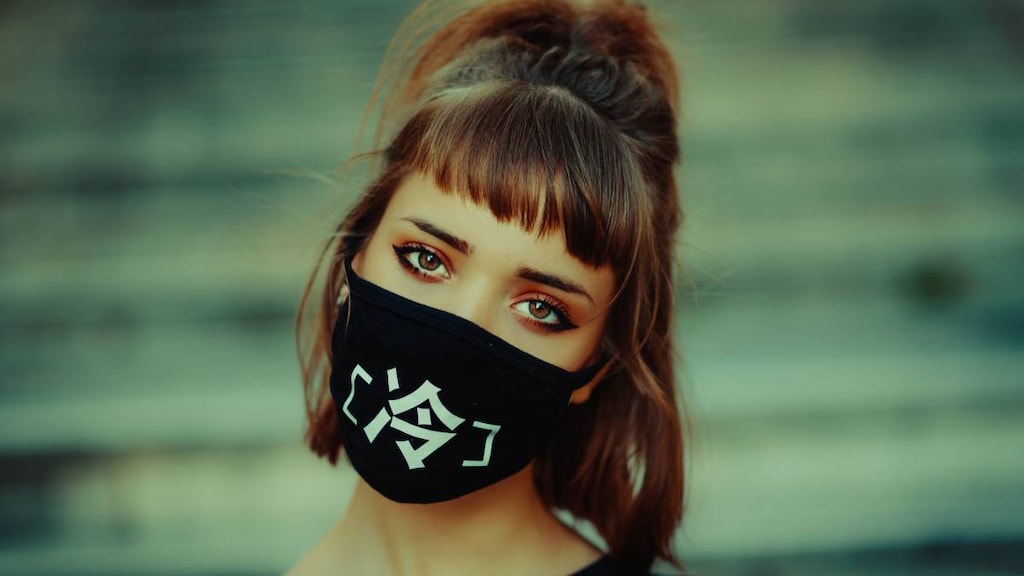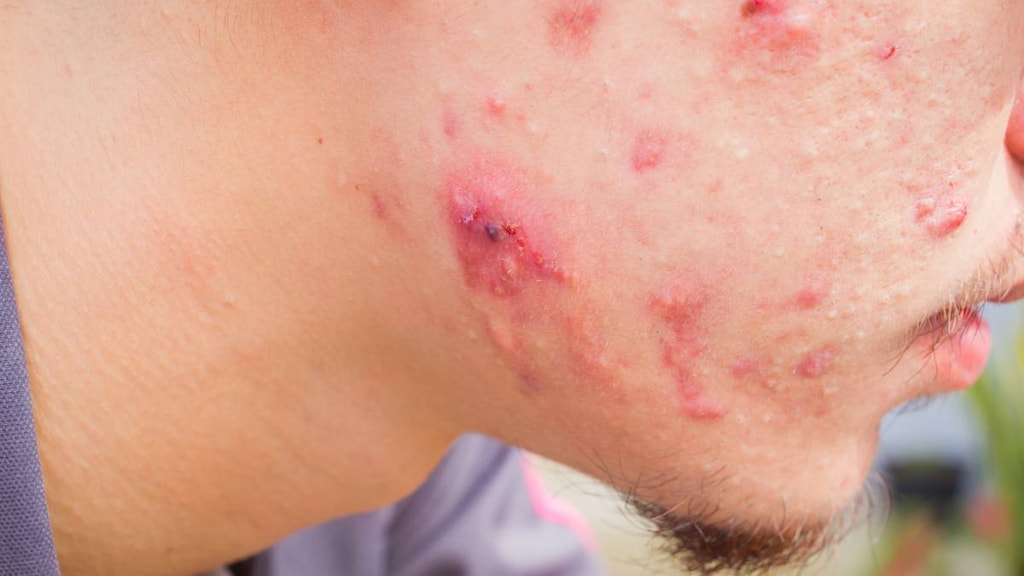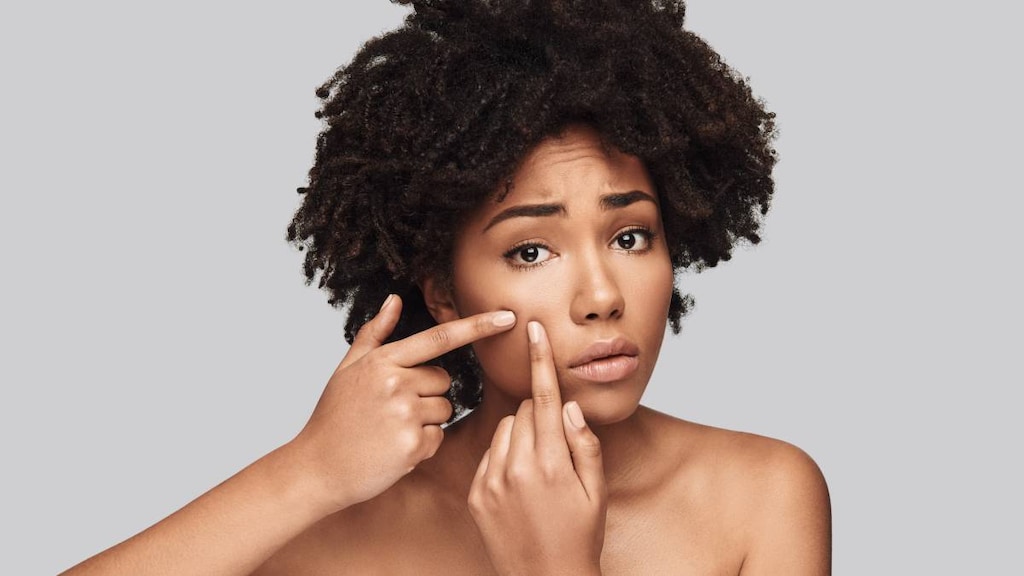Dosage Forms
Excipient information presented when available (limited, particularly for generics); consult specific product labeling. [DSC] = Discontinued product
Cream, External:
Avita: 0.025% (20 g, 45 g)
Refissa: 0.05% (20 g, 40 g) [contains edetate disodium, methylparaben, propylparaben]
Renova: 0.02% (20 g, 40 g, 60 g) [contains benzyl alcohol, cetyl alcohol, edetate disodium, methylparaben, propylparaben]
Renova Pump: 0.02% (44 g) [contains benzyl alcohol, cetyl alcohol, edetate disodium, methylparaben, propylparaben]
Retin-A: 0.025% (20 g, 45 g); 0.05% (20 g, 45 g); 0.1% (20 g, 45 g)
Tretin-X: 0.0375% (35 g [DSC]); 0.075% (35 g [DSC])
Generic: 0.025% (20 g, 45 g); 0.05% (20 g, 40 g, 45 g, 60 g [DSC]); 0.1% (20 g, 45 g)
Gel, External:
Atralin: 0.05% (45 g) [contains benzyl alcohol, butylparaben, ethylparaben, fish collagen hydrolyzates, isobutylparaben, methylparaben, propylparaben, trolamine (triethanolamine)]
Avita: 0.025% (20 g, 45 g)
Retin-A: 0.01% (15 g, 45 g); 0.025% (15 g, 45 g)
Retin-A Micro: 0.04% (20 g, 45 g); 0.1% (20 g, 45 g) [contains benzyl alcohol, disodium edta, propylene glycol, trolamine (triethanolamine)]
Retin-A Micro Pump: 0.04% (50 g) [contains benzyl alcohol, disodium edta, propylene glycol, trolamine (triethanolamine)]
Retin-A Micro Pump: 0.06% (50 g) [contains benzyl alcohol, edetate disodium, propylene glycol, trolamine (triethanolamine)]
Retin-A Micro Pump: 0.08% (50 g); 0.1% (50 g) [contains benzyl alcohol, disodium edta, propylene glycol, trolamine (triethanolamine)]
Generic: 0.01% (15 g, 45 g); 0.025% (15 g, 45 g); 0.04% (20 g, 45 g, 50 g); 0.05% (45 g); 0.1% (20 g, 45 g, 50 g)
Kit, External:
Tretin-X: 0.05% [DSC] [contains benzyl alcohol, cetearyl alcohol, disodium edta, fd&c red #40, methylparaben, propylparaben, tartrazine (fd&c yellow #5), trolamine (triethanolamine)]
Lotion, External:
Altreno: 0.05% (20 g, 45 g) [contains benzyl alcohol, methylparaben, trolamine (triethanolamine)]
Pharmacology
Mechanism of Action
Tretinoin is a derivative of vitamin A. When used topically, it modifies epithelial growth and differentiation. In patients with acne, it decreases the cohesiveness of follicular epithelial cells and decreases micromedo formation. Additionally, tretinoin stimulates mitotic activity and increased turnover of follicular epithelial cells causing extrusion of the comedones.
Pharmacokinetics/Pharmacodynamics
Absorption
Minimal
Metabolism
Hepatic; forms metabolites
Excretion
Urine and feces
Onset of Action
Acne: ≥2 weeks, may take ≥7 weeks; Facial wrinkles: Up to 6 months
Use: Labeled Indications
Acne vulgaris: Altreno, Atralin, Avita, Retin-A, Retin-A Micro, Stieva-A [Canadian product], Tretin-X, Vitamin-A Acid [Canadian product]: Treatment of acne vulgaris.
Palliation of fine wrinkles: Renova: Adjunctive treatment for mitigation (palliation) of fine wrinkles in patients who use comprehensive skin care and sun avoidance programs.
Palliation of fine wrinkles, mottled hyperpigmentation, and facial skin roughness: Refissa: Adjunctive treatment for mitigation (palliation) of fine wrinkles, mottled hyperpigmentation, and tactile roughness of facial skin in patients who do not achieve such palliation using comprehensive skin care and sun avoidance programs alone.
Contraindications
Hypersensitivity to tretinoin or any component of the formulation. Note: There are no contraindications listed in Altreno, Atralin, or Retin-A Micro US labeling.
Documentation of allergenic cross-reactivity for retinoids is limited. However, because of similarities in chemical structure and/or pharmacologic actions, the possibility of cross-sensitivity cannot be ruled out with certainty.
Dosage and Administration
Dosing: Adult
Acne vulgaris: Topical: Apply once daily to acne lesions before bedtime or in the evening.
Palliation of fine wrinkles (Refissa/Renova), mottled hyperpigmentation, and tactile roughness of facial skin (Refissa): Topical: Apply a pea-sized amount of cream to entire face once daily in the evening or before bedtime.
Dosing: Geriatric
Refer to adult dosing; safety/efficacy of Retin-A has not been established in patients >65 years of age; safety/efficacy of Refissa has not been established in patients >50 years of age; safety/efficacy of Renova has not been established in patients >71 years of age.
Dosing: Pediatric
Acne vulgaris: Children ≥8 years and Adolescents: Topical: Apply to affected areas once daily. Begin therapy with a weaker formulation of tretinoin and increase the concentration as tolerated; if stinging or irritation develop, decrease frequency of application. Approved ages varies by product; see individual product labeling. Guidelines suggest that topical retinoids may be used as part of a therapeutic regimen for all types and severity of acne in children and adolescents; however, specific data for each tretinoin product formulation may not be available (Eichenfield 2013).
Product specific:
Altreno (Lotion 0.05%): Children ≥9 years and Adolescents: Topical: Apply to affected areas once daily.
Atralin (Gel 0.05%): Children ≥10 years and Adolescents: Topical: Apply once daily to acne lesions before bedtime.
Retin-A (Cream 0.025%, 0.05%, or 0.1%; Gel 0.01% or 0.025%), Tretin-X (Cream 0.025%, 0.0375%, 0.05%, 0.075%, or 0.1%): Children ≥12 years and Adolescents: Topical: Apply once daily to acne lesions before bedtime or in the evening.
Retin-A Micro:
Children 8 to <12 years: Limited data available: Gel (0.04%): Topical: Apply once daily to acne lesions before bedtime or in the evening (Eichenfield 2010; Eichenfield 2012).
Children ≥12 years and Adolescents: Gel (0.04%, 0.06%, 0.08%, or 0.1%): Topical: Apply once daily to acne lesions before bedtime or in the evening.
Administration
For topical external use only; not for oral, ophthalmic, or intravaginal use. Prior to application, wash hands; gently wash face with a mild soap; pat dry and wait 20 to 30 minutes. Apply thin layer to affected area in the evening or before bedtime, avoiding eyes, ears, nostrils, and mouth. If stinging or irritation develop, temporarily discontinue or decrease frequency of application. Wash hands immediately after applying. Avoid use of products to the affected area that contain high concentrations of alcohol, astringents, or spices. Do not apply to sunburned skin. If combination topical therapy is required, consider separating applications (eg, one drug in the morning and the other in the evening or before bedtime).
Retin-A Micro: Avoid contact with lime peel and application area.
Storage
Altreno lotion, Atralin gel, Avita gel: Store at 20°C to 25°C (68°F to 77°F); excursions are permitted between 15°C and 30°C (59°F and 86°F). Protect from freezing.
Avita cream: Store below 30°C (86°F). Avoid freezing.
Refissa: Store at 20˚C to 25˚C (68˚F to 77˚F). Do not freeze.
Renova: Store at 25°C (77°F); excursions are permitted between 15°C and 30°C (59°F and 86°F).
Retin-A cream, Tretin-X cream: Store below 27°C (80°F).
Retin-A gel: Store below 30°C (86°F).
Retin-A Micro gel: Store at 20°C to 25°C (68°F to 77°F); excursions are permitted between 15°C and 30°C (59°F and 86°F). Store pump upright.
Stieva-A [Canadian product]: Store at 15°C and 30°C (59°F and 86°F). Do not freeze.
Vitamin A Acid [Canadian product]: Store at 15°C and 30°C (59°F and 86°F).
Drug Interactions
Aminolevulinic Acid (Systemic): Photosensitizing Agents may enhance the photosensitizing effect of Aminolevulinic Acid (Systemic). Avoid combination
Aminolevulinic Acid (Topical): Photosensitizing Agents may enhance the photosensitizing effect of Aminolevulinic Acid (Topical). Monitor therapy
Multivitamins/Fluoride (with ADE): May enhance the adverse/toxic effect of Retinoic Acid Derivatives. Avoid combination
Multivitamins/Minerals (with ADEK, Folate, Iron): May enhance the adverse/toxic effect of Retinoic Acid Derivatives. Avoid combination
Multivitamins/Minerals (with AE, No Iron): May enhance the adverse/toxic effect of Retinoic Acid Derivatives. Avoid combination
Porfimer: Photosensitizing Agents may enhance the photosensitizing effect of Porfimer. Monitor therapy
Verteporfin: Photosensitizing Agents may enhance the photosensitizing effect of Verteporfin. Monitor therapy
Adverse Reactions
>10%:
Dermatologic: Stinging of the skin (21%), local dryness (4% to 16%), hypopigmentation (≤12%)
Local: Application site erythema (2% to 51%), application site irritation (1% to 50%; severe: ≤3%), local skin exfoliation (1% to 49%), application site pruritus (2% to 35%), application site burning (8% to 30%), local desquamation (12%)
1% to 10%:
Dermatologic: Hyperpigmentation (≤2%)
Local: Application site dermatitis (4%), application site pain (1% to 3%)
Frequency not defined: Dermatologic: Skin photosensitivity
<1%, postmarketing, and/or case reports: Contact dermatitis, skin changes (atypical changes in melanocytes and keratinocytes, increased dermal elastosis; treatment lasting >48 weeks)
Warnings/Precautions
Concerns related to adverse effects:
- Fish allergies: Atralin gel contains soluble fish proteins; use caution in patients with sensitivities or allergies to fish.
- Hypersensitivity reactions: Discontinue tretinoin if drug sensitivity, chemical irritation, or a systemic adverse reaction occurs.
- Photosensitivity: Use is associated with increased susceptibility/sensitivity to UV light; avoid or minimize excessive exposure to sunlamps or sunlight. Daily sunscreen (SPF 15 or higher) use and other protective measures (eg, clothing over treated areas) are recommended. Use with caution in patients with personal or family history of skin cancer.
- Skin irritation: Treatment can increase skin sensitivity to weather extremes of wind or cold. Excessive dryness, redness, and swollen or blistered skin may occur. Also, concomitant topical medications (eg, medicated or abrasive soaps, cleansers, or cosmetics with a strong drying effect) should be used with caution due to increased skin irritation. Depending on the severity of irritation, use a moisturizer, reduce the amount or frequency, or discontinue use until irritation disappears.
Disease-related concerns:
- Eczema: Use with caution in patients with eczema; may cause severe irritation.
Concurrent drug therapy issues:
- Drug-drug interactions: Potentially significant interactions may exist, requiring dose or frequency adjustment, additional monitoring, and/or selection of alternative therapy. Consult drug interactions database for more detailed information.
Dosage form specific issues:
- Cream 0.02%: Do not use the 0.02% cream for longer than 52 weeks when using for palliation of fine wrinkles.
- Cream 0.05%: Do not use the 0.05% cream for longer than 48 weeks when using for palliation of fine wrinkles, mottled hyperpigmentation, and tactile roughness of facial skin.
- Gel: Flammable; do not expose to high temperatures or flame.
Other warnings/precautions:
- Appropriate use: For external use only; avoid contact with abraded skin, sunburned skin, mucous membranes, eyes, mouth, angles of the nose. When used for palliation of fine wrinkles, mottled hyperpigmentation, or facial skin roughness, should be used as part of a comprehensive skin care and sun avoidance program.
Pregnancy
Pregnancy Considerations
Adverse events were observed in some animal reproduction studies following topical application of tretinoin. Teratogenic effects were also observed in pregnant women following topical use; however, a causal association has not been established.
When treatment for acne is needed during pregnancy, other agents are preferred and use should be avoided during the first trimester (Chien 2016; Kong 2013; Leachman 2006). These products should not be used for palliation of fine wrinkles, mottled hyperpigmentation, and tactile roughness of facial skin in women who are pregnant, attempting to conceive, or at high risk for pregnancy.
Patient Education
What is this drug used for?
- It is used to treat pimples (acne).
- It is used on the face to treat wrinkles, skin spots, and skin that feels rough.
Frequently reported side effects of this drug
- Dry skin
- Redness
- Swelling
- Blisters
- Sensation of warmth
- Burning or stinging
- Peeling
- Skin discoloration
Other side effects of this drug: Talk with your doctor right away if you have any of these signs of:
- Severe or persistent skin reaction
- Signs of a significant reaction like wheezing; chest tightness; fever; itching; bad cough; blue skin color; seizures; or swelling of face, lips, tongue, or throat.
Note: This is not a comprehensive list of all side effects. Talk to your doctor if you have questions.
Consumer Information Use and Disclaimer: This information should not be used to decide whether or not to take this medicine or any other medicine. Only the healthcare provider has the knowledge and training to decide which medicines are right for a specific patient. This information does not endorse any medicine as safe, effective, or approved for treating any patient or health condition. This is only a brief summary of general information about this medicine. It does NOT include all information about the possible uses, directions, warnings, precautions, interactions, adverse effects, or risks that may apply to this medicine. This information is not specific medical advice and does not replace information you receive from the healthcare provider. You must talk with the healthcare provider for complete information about the risks and benefits of using this medicine.




